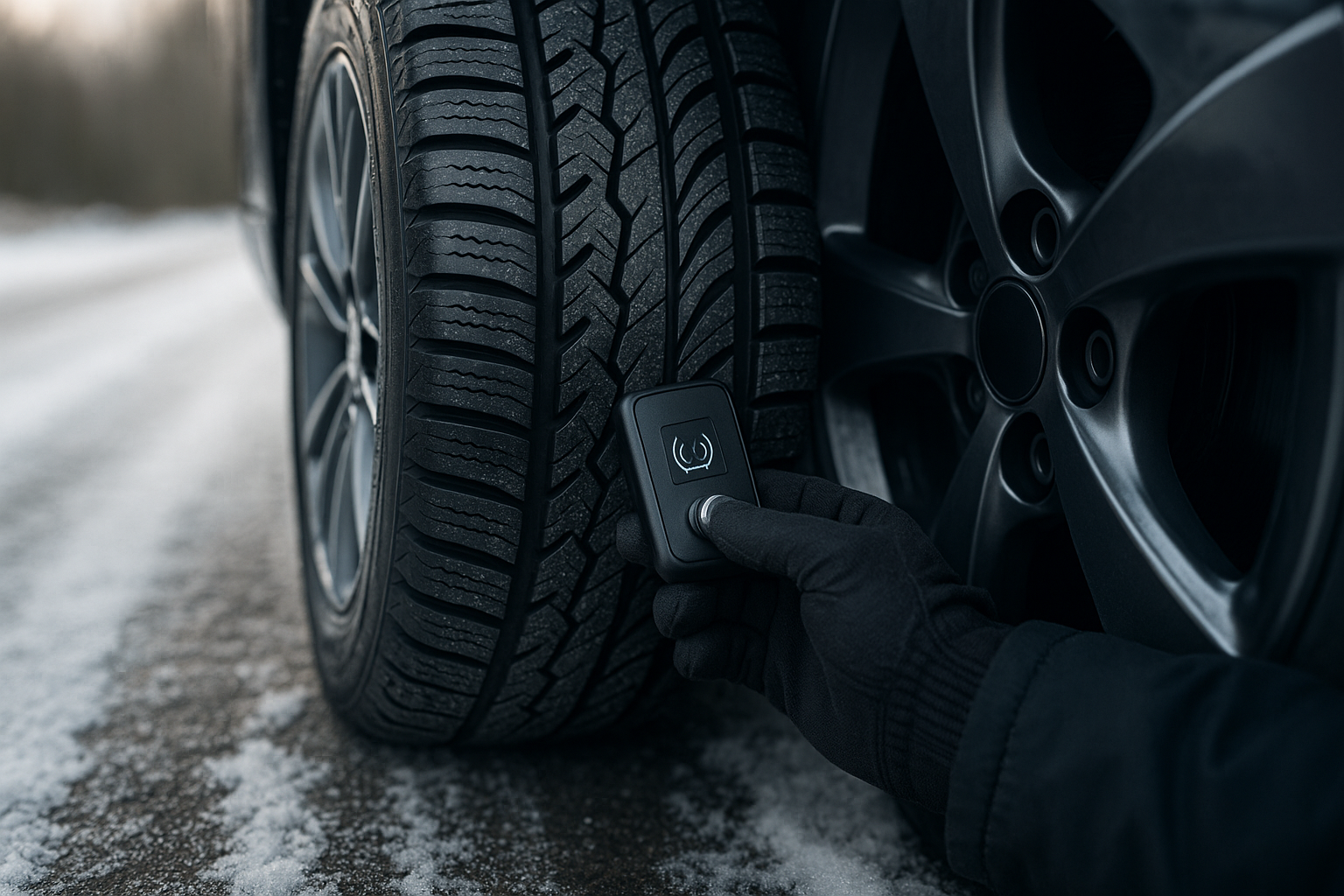Pre-trip maintenance steps for long drives
Preparing a vehicle for a long drive reduces the risk of breakdowns and keeps passengers safe and comfortable. This short overview highlights practical checks and simple tasks you can do before departure, from basic inspections to packing essentials and seasonal adjustments. Proper preparation saves time, costs, and stress on the road.

Before setting off on a long journey, a focused pre-trip routine improves reliability and safety. Start with a general maintenance mindset: allocate time for a visual inspection, check key consumables, and verify that emergency gear is accessible. Whether you drive a gasoline, diesel, hybrid, or electric vehicle, consistent checks reduce the likelihood of roadside failures. For longer stretches or remote routes, plan service intervals and confirm that telematics or navigation systems are updated and functioning. This article breaks the process into clear steps covering tires, battery and electrical systems, brakes, fluids and filters, inspections and telematics, plus practical DIY and seasonal tips.
Maintenance overview
A comprehensive maintenance checklist sets the tone for any long drive. Review your vehicle’s owner manual for recommended service intervals and complete any overdue scheduled maintenance. Confirm that the spare wheel, jack, lug wrench, and any locking wheel nut tools are present and in working order. Inspect exterior lights and signals for cracked lenses or burned bulbs. Pay attention to unusual noises or warning lights in the days leading up to travel; diagnosing these early is far cheaper and safer than waiting for a breakdown on the highway. Plan a short test drive after adjustments to detect remaining issues.
How should I check tires?
Tire condition is central to safety and fuel efficiency. Check tread depth visually and with a gauge; replace tires nearing the legal or manufacturer-recommended limits. Look for uneven wear, cuts, bulges, or embedded debris. Inflate tires to the pressure specified on the driver’s placard, accounting for any expected cargo weight. Don’t forget the spare—its pressure and condition are often overlooked. For long trips in winter or across diverse terrain, consider seasonal or all-terrain tires as appropriate. Proper tire maintenance improves handling, braking, and reduces the risk of punctures or blowouts.
What about battery and electric checks?
Battery health matters for cold starts, accessory loads, and for electric vehicles maintaining range. For internal combustion cars, test the battery voltage and charging rate; clean corrosion on terminals and ensure secure connections. For plug-in hybrids and EVs, confirm the state of charge, charging cable condition, and the availability of compatible fast chargers along your route. If the vehicle uses telematics or advanced driver assistance, ensure the onboard systems power up and that any firmware updates are applied. For older batteries showing slow cranking or swollen cases, replacement before a long trip is advisable.
How do I inspect brakes and safety systems?
Braking performance must be verified before long drives. Check brake pads and discs for remaining thickness and for scoring or rust. Listen for squeals or grinding during a short test drive—these can indicate worn pads or caliper issues. Inspect brake fluid level and clarity; dark or contaminated fluid may signal the need for flushing. Confirm that airbags, seat belts, and warning sensors are operational and that the parking brake holds on inclines. Routine brake inspections by a qualified technician are recommended if you detect any change in pedal feel or stopping distances.
Which fluids and filters need attention?
Fluids and filters are critical to engine, transmission, and climate systems. Check engine oil level and condition; change the oil and filter if due. Verify coolant level and look for signs of leaks or aged hoses. Inspect transmission fluid where applicable, power steering fluid, and windshield washer reservoir. Replace or clean the cabin and engine air filters to maintain HVAC performance and engine efficiency. For diesel vehicles, examine fuel filters for clogging. Clean filters and fresh fluids help prevent overheating, preserve fuel economy, and maintain consistent vehicle performance.
What does inspection and telematics readiness involve?
A systematic inspection covers belts, hoses, suspension, lights, and windshield wipers. Look for worn serpentine belts or cracked hoses, and replace damaged components in advance. Test wipers and top up washer fluid for clear visibility. For vehicles equipped with telematics, navigation, or emergency response services, verify subscriptions, GPS signal, and software updates. Ensure charging and communication apps are configured for EVs. Pack physical maps or route notes as backups in areas with limited connectivity. These proactive steps reduce the chance of surprises and aid faster recovery if issues occur.
Winterization, storage, and DIY tips Long trips that cross seasonal boundaries need additional preparation. Winterization can include winter tires, antifreeze checks, and a cold-weather kit with blankets, a shovel, and traction aids. For vehicles taken out of storage, inspect battery state, tire pressure, and fluid levels before extended use. Many simple maintenance tasks—like checking belts, topping fluids, or replacing wiper blades—are suitable for DIY drivers with basic tools, but don’t hesitate to involve a professional for brake or electrical concerns. Keep a compact emergency kit with jumper cables, a flashlight, basic tools, and a first-aid kit.
Conclusion A disciplined pre-trip maintenance routine combines visual inspections, fluid and filter checks, tire and brake assessments, and verification of battery and telematics systems. Tailor preparations to vehicle type—internal combustion, hybrid, or electric—and to seasonal conditions such as winterization needs. Small preventative actions and timely professional service can meaningfully reduce roadside incidents and improve comfort and efficiency on long drives. Regular maintenance and a well-prepared vehicle create smoother, safer travel experiences without last-minute surprises.





